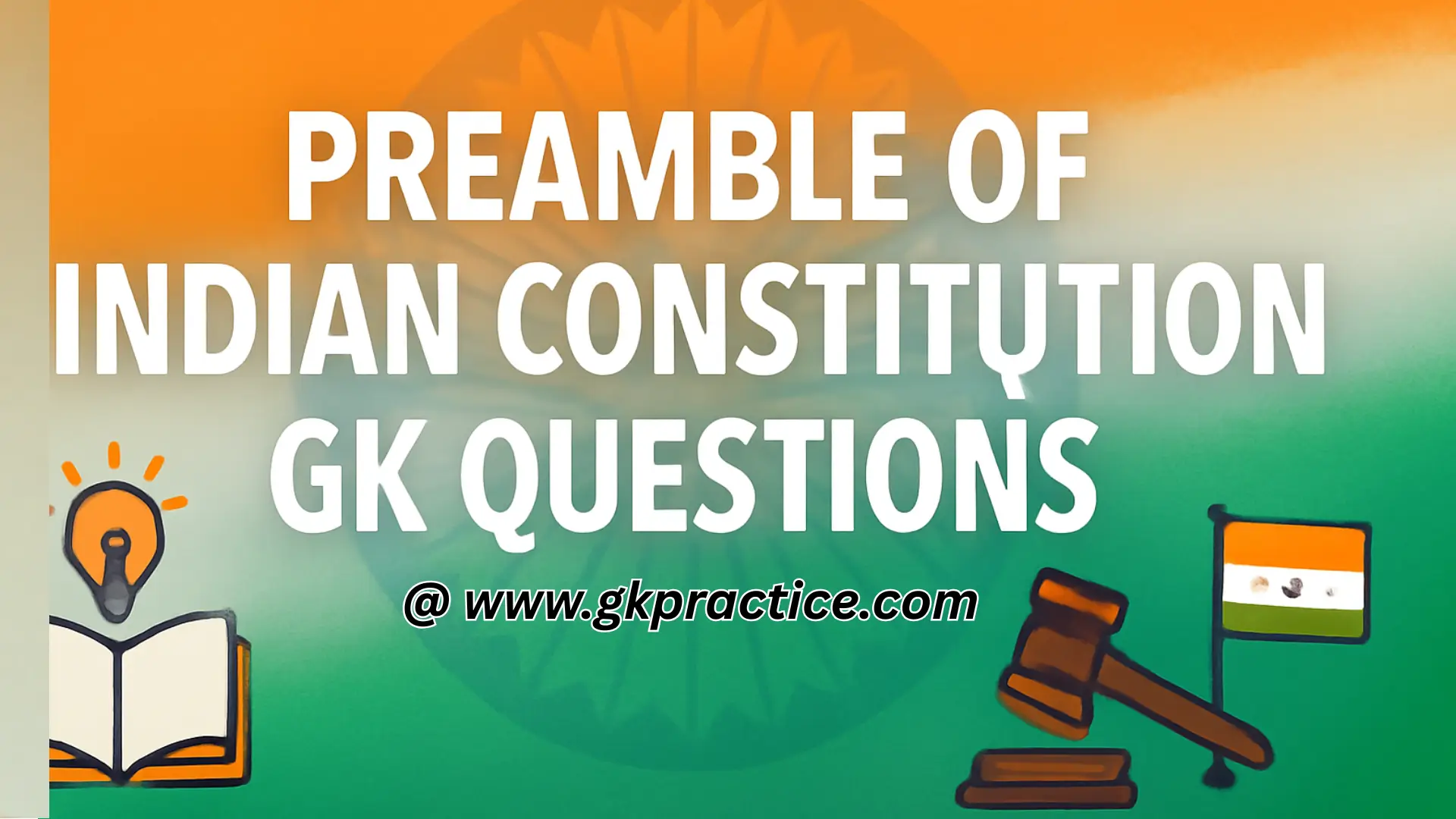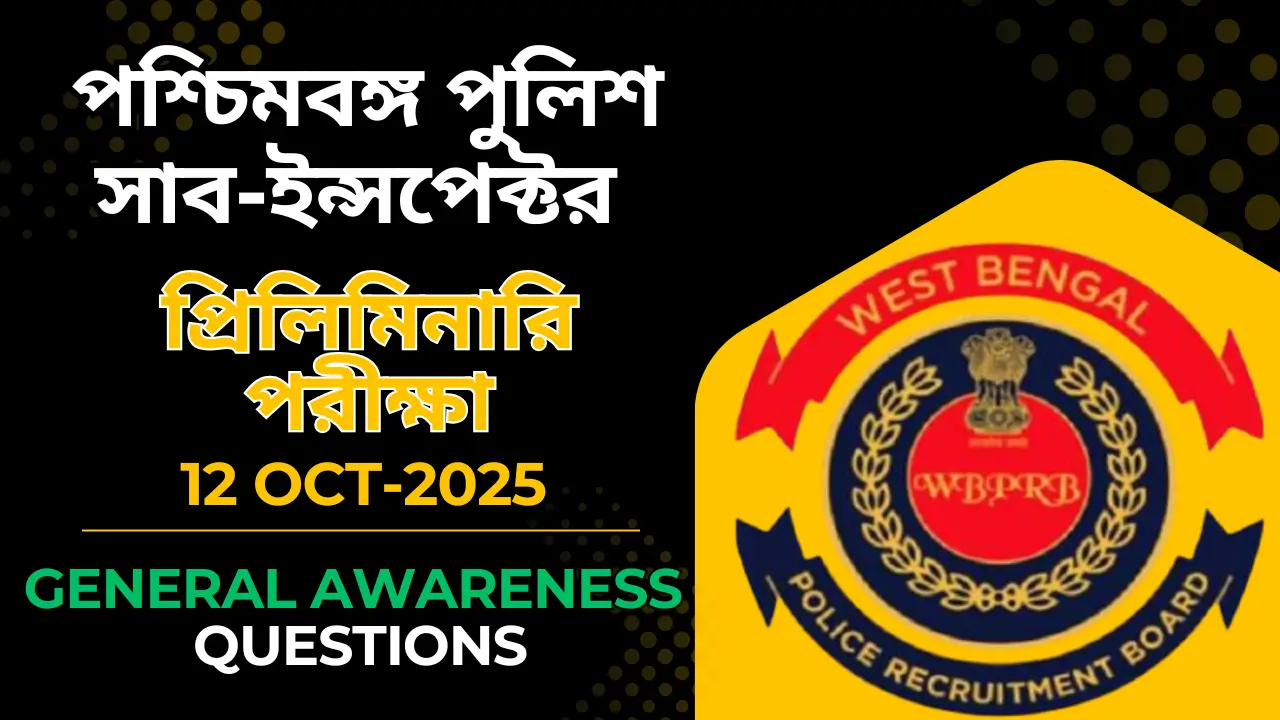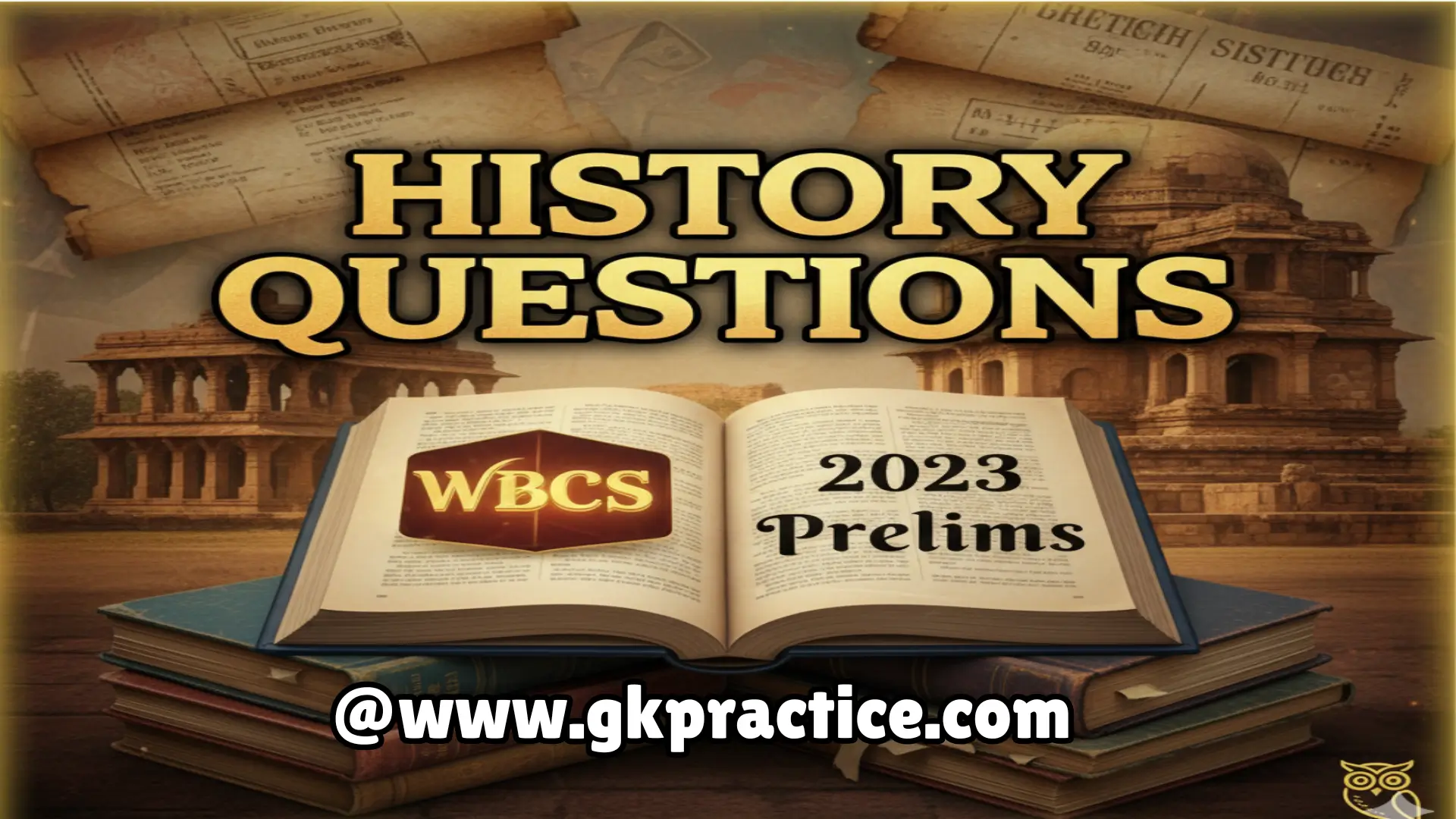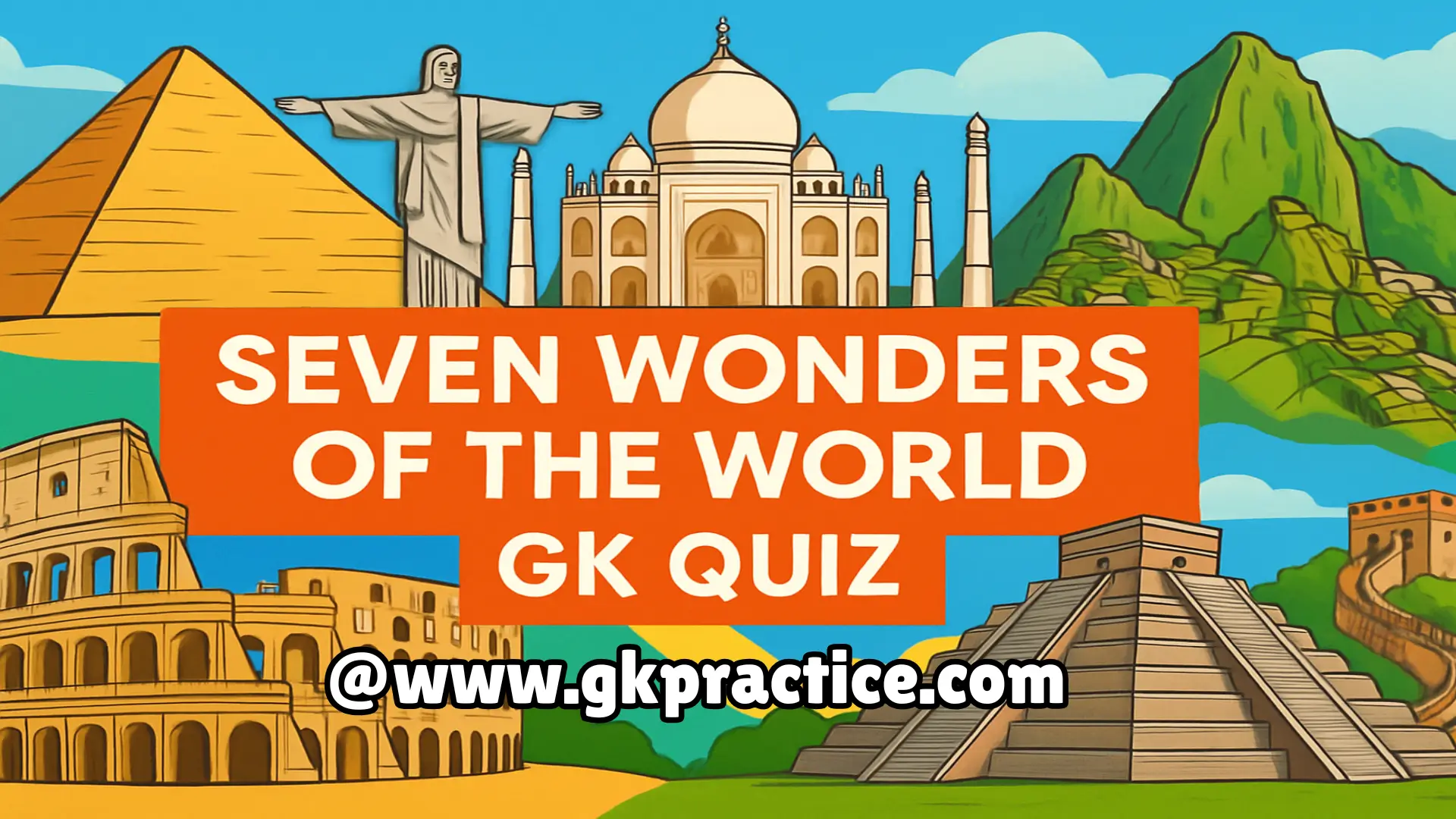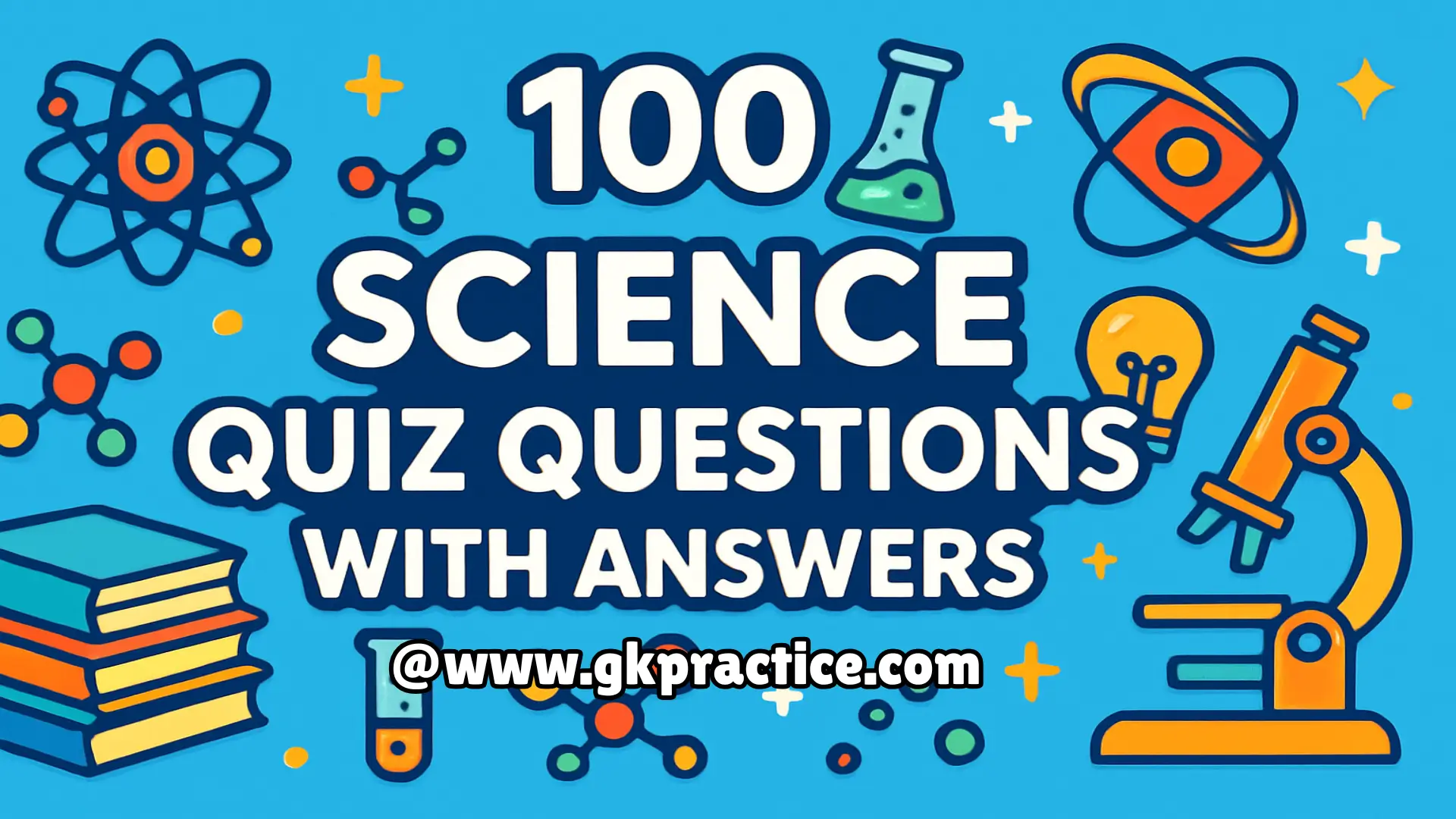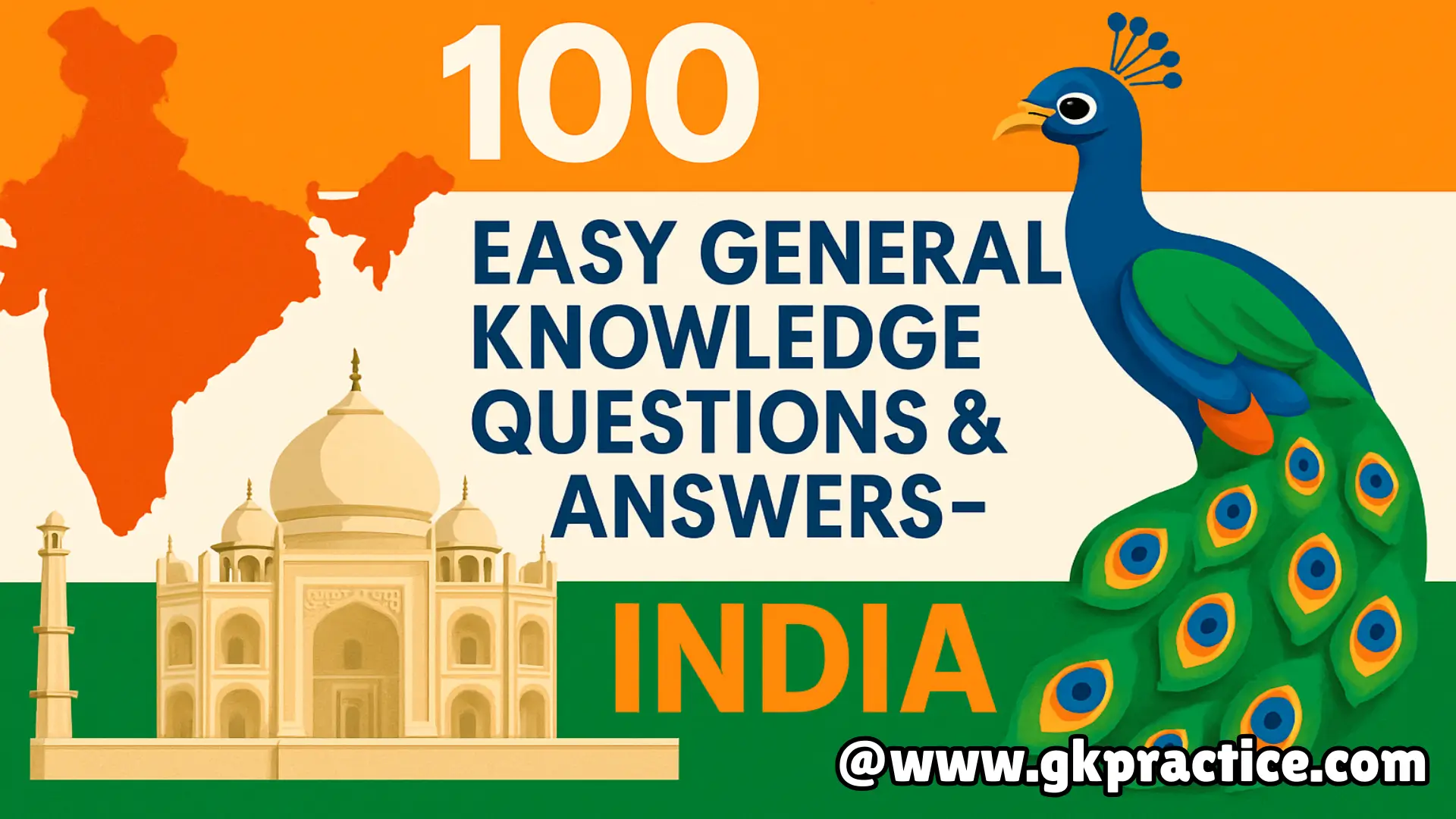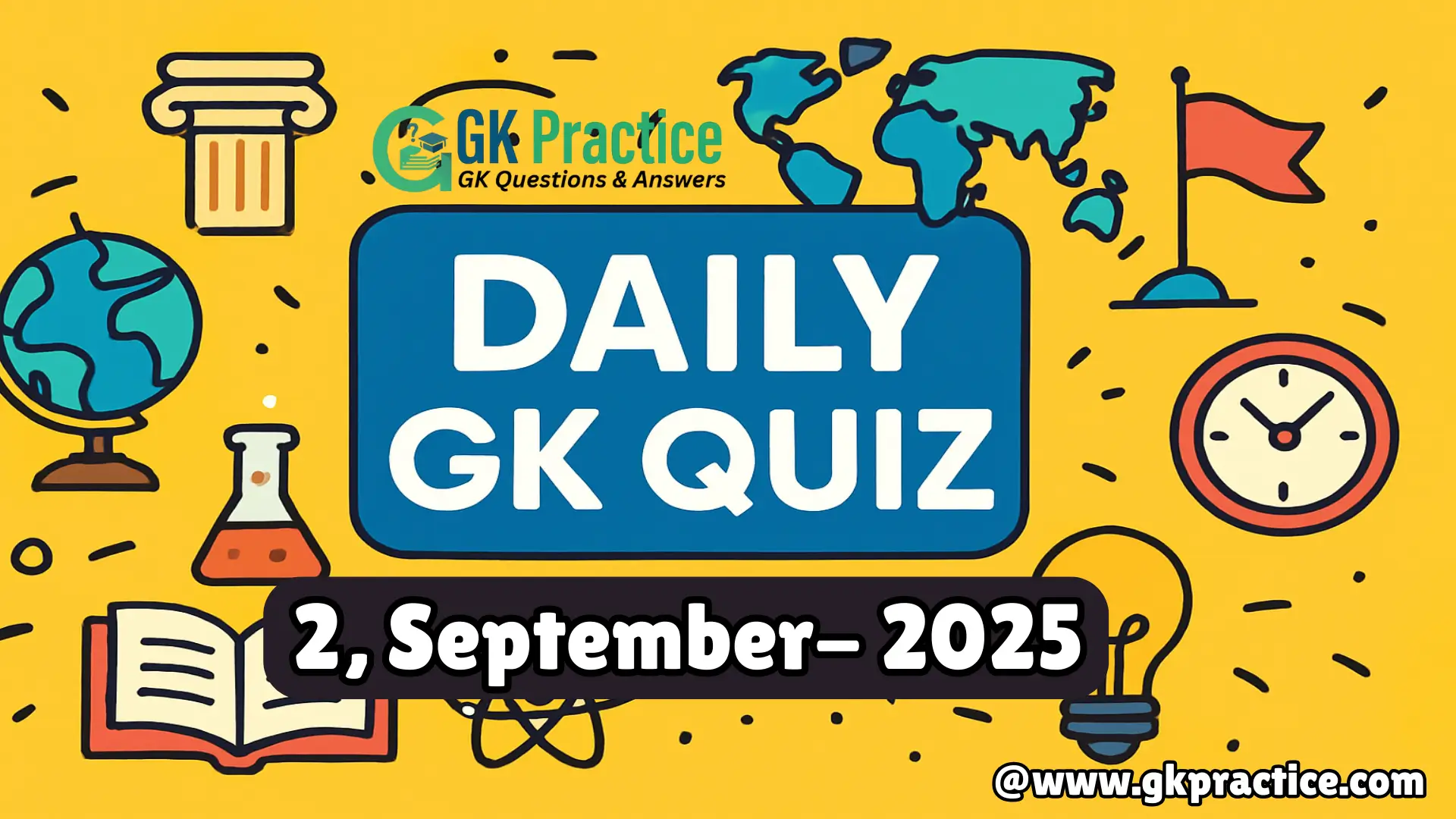Explore Preamble of Indian Constitution GK Questions and Answers with detailed explanations. Practice the most expected questions for SSC, UPSC, Banking, Railways, and State Exams. Master the key facts about the Indian Constitution’s Preamble in this GK quiz format.
Preamble of Indian Constitution GK Questions – Practice for SSC, UPSC, Banking & More:
Q1. Who is known as the father of the Indian Constitution?
a) Jawaharlal Nehru
b) B. R. Ambedkar
c) Mahatma Gandhi
d) Rajendra Prasad
Explanation: Dr. B. R. Ambedkar, as the Chairman of the Drafting Committee, is regarded as the chief architect and father of the Indian Constitution, including the framing of the Preamble.
Q2. From which country’s constitution was the concept of the Preamble borrowed?
a) USA
b) UK
c) Canada
d) France
Explanation: The idea of having a Preamble in the Constitution of India was borrowed from the Constitution of the United States of America, which also begins with “We the People”.
Q3. Which words were added to the Preamble by the 42nd Amendment Act, 1976?
a) Sovereign, Democratic
b) Socialist, Secular, Integrity
c) Republic, Justice
d) Liberty, Equality
Explanation: The 42nd Constitutional Amendment of 1976 inserted the words “Socialist,” “Secular,” and “Integrity” into the Preamble to strengthen its ideological foundation.
Q4. The Preamble declares India to be a __________.
a) Sovereign, Socialist, Secular, Democratic Republic
b) Federal Republic
c) Monarchy
d) Socialist State
Explanation: The Preamble defines India as a Sovereign, Socialist, Secular, Democratic Republic ensuring justice, liberty, equality, and fraternity among its citizens.
Q5. Who moved the ‘Objective Resolution’ in the Constituent Assembly, which later became the Preamble?
a) B. R. Ambedkar
b) Mahatma Gandhi
c) Jawaharlal Nehru
d) Rajendra Prasad
Explanation: The Objective Resolution, moved by Jawaharlal Nehru on December 13, 1946, laid down the principles of the Constitution and later formed the basis of the Preamble.
Q6. The words “We, the people of India” in the Preamble signify what?
a) Sovereignty of the King
b) Popular Sovereignty
c) Presidential System
d) Federalism
Explanation: “We, the people of India” signifies that ultimate power rests with the people and the Constitution derives its authority from the citizens.
Q7. Which case declared the Preamble as part of the Constitution?
a) Golaknath Case
b) Berubari Case
c) Kesavananda Bharati Case
d) Indira Gandhi vs Raj Narain
Explanation: In the historic Kesavananda Bharati Case (1973), the Supreme Court held that the Preamble is part of the Constitution and its principles form the “basic structure”.
Q8. In which year did the Preamble come into effect along with the Constitution?
a) 1947
b) 1948
c) 1949
d) 1950
Explanation: The Preamble came into effect on 26th January 1950, the day the Constitution of India was enforced, marking the beginning of the Republic.
Q9. The term “Republic” in the Preamble signifies what?
a) Head of State is hereditary
b) Head of State is elected
c) Rule of the Military
d) Divine Authority
Explanation: The term Republic means the head of the state (President of India) is elected, and not a hereditary monarch, ensuring equality in political rights.
Q10. Which part of the Indian Constitution is called its “identity card”?
a) Fundamental Rights
b) Directive Principles
c) Preamble
d) Citizenship
Explanation: The Preamble is often described as the “identity card” of the Constitution as it highlights the philosophy, aims, and objectives of the Indian state.

